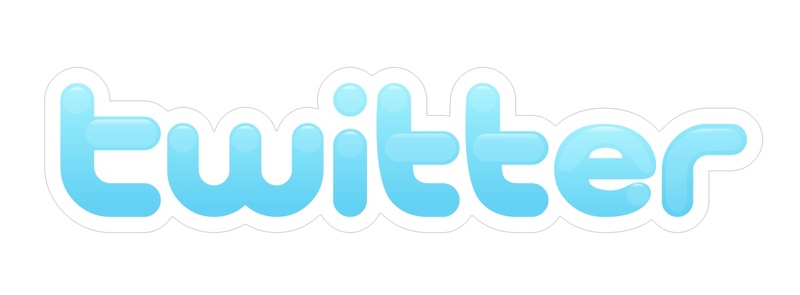How to Use Twitter Effectively -- Part 1
Twitter is home to 310 million monthly active users with an impressive 1 billion monthly visits to sites embedded within Tweets.
Social media is everywhere in today’s digital landscape. Using Twitter is an effective and quick method of communicating with your patients and other followers. It can be used to link helpful articles and can also bring more people to your website. If you have a blog on your website, this can be linked via Twitter to bring more visitors to your website. Friends of your followers can see the information you post as well. Followers can retweet your posts into their feed, which is another excellent way to receive more followers, which increases the exposure of your practice.
CREATE A STRATEGY
Twitter is an important marketing tool to utilize within your practice because of its massive scale of users. With any marketing practice, time and effort are required to establish a solid plan of action. Crafting a well thought out plan can make the process much easier and more likely to succeed.
Your strategy needs to define some key roles:
- The audience you are trying to reach
- Important/relevant profiles you want to connect with
- The main overarching goals of your Twitter account
- The company “Voice”
- What you will Tweet
- A schedule for Tweeting
- A plan of engagement with users
Take a look at The Search Engine Journal for additional information on Twitter Engagement. The main takeaway is to make sure you are consistently replying to users, interacting with users, and listening to what they are saying about your practice. Consistent, daily activity is incredibly important when it comes to effective engagement.
COMMUNICATE FREQUENTLY
One of the most valuable aspects of Twitter is the ability to share content from others within your industry on a regular basis, which helps build rapport with other healthcare accounts. Make sure you are following other accounts that are relevant to your practice.
It’s important to interact with others in the healthcare industry when they are tweeting. You can do this by leaving a comment, asking a question, thanking them for sharing the information, or refuting a position constructively if need be, which can also drive more in-depth conversations. (Pro-tip: It’s difficult to ignore direct mentions if you want to start a one-on-one conversation).
Twitter makes communicating with others incredibly easy. Take extra care to uphold HIPAA in this landscape by respecting the privacy of your patients. This is critical to understand with social media. Never recognize a patient directly when using social media.
Do not administer clinical advice directly to individuals on Twitter or other social media outlets. If this situation arises, it is always better to refer them to your practice to schedule an appointment (or to a different medical professional if necessary).

















